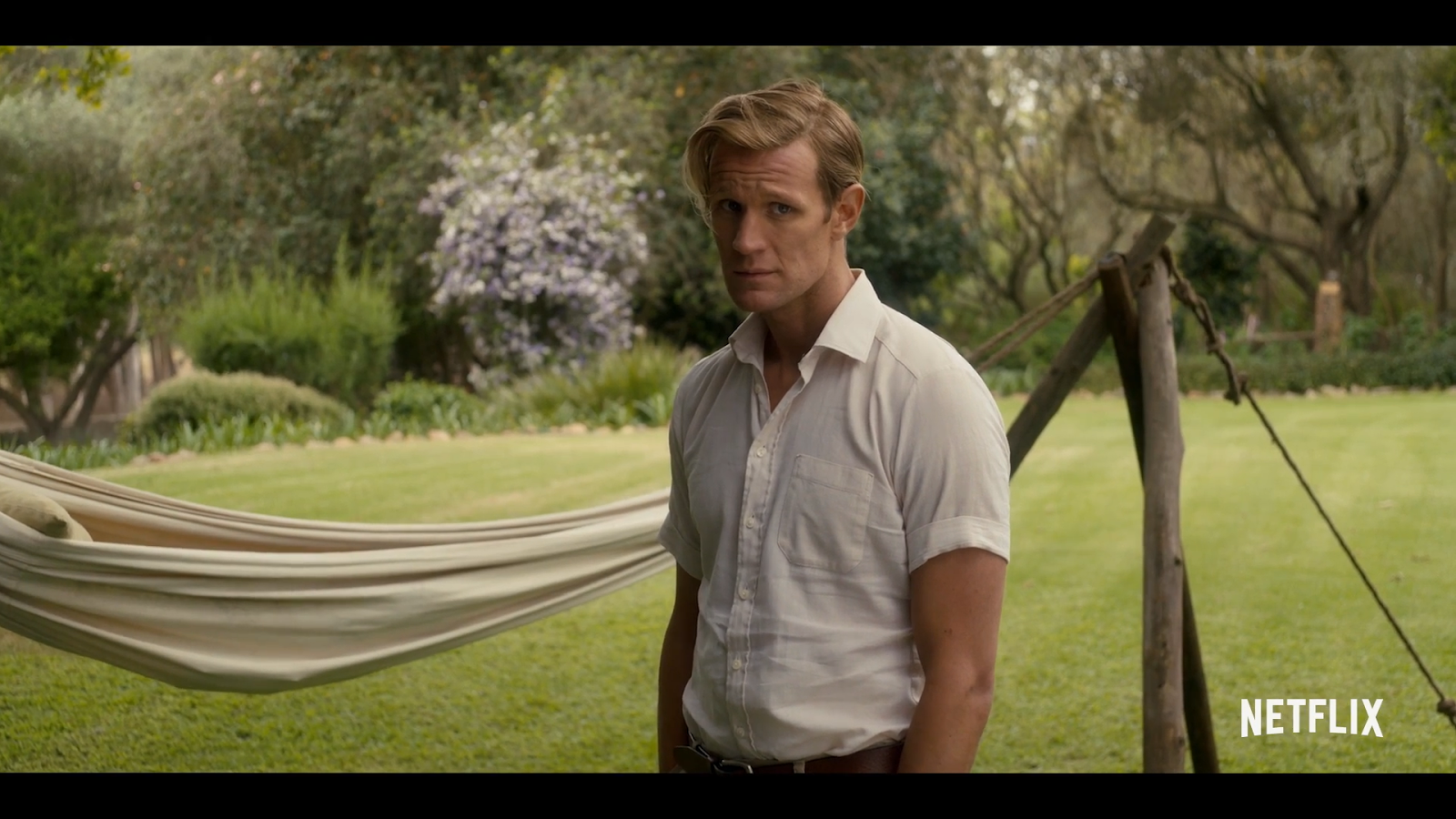- You can easily take batch screenshots with the Scene video filter. A bit of calculation and changes in the advanced setting are necessary periodic screenshots. With the scene filter, we can't exactly define time intervals but we can define frame intervals. So, as an example, we can set it as, 'After every 200 frames of video, take a photo'.
- One of the earlier posts explained how to take screenshots in VLC player. Now to do the same automatically: 1.Open VLC player and go to Tools Preferences. At the bottom left of column, select 'All' from 'Settings'. Drill down to Video Output Modules.
Automatically create screencaps using VLC Media Player
Having batch screencaps using VLC Media Participant tutorial image. Having batch screencaps using VLC Media Participant tutorial image. Supplier: Screen capture simply by me How to consider Batch Screencaps using VLC, Step some. Now, go here we are at the menu about the left and double click on the word ‘filters'.
Csi masterformat 2018 excel download. This is my first tutorial, so let me know if you have any questions by emailing ido@idosolu.com and I will update the guide accordingly. If this guide doesn't work for newer ersions of VLC please let me know. Winols 2.24 crack.

- Download the latest version of VLC Media Player (vlc-1.1.4-win32 at the time of the tutorial creation) from their official website!
- After you've installed VLC Media Player open it. In the toolbar menu select Tools => Preferences.
- Now at the bottom left under the pretty 'easy mode' menu select 'All' under 'Show Settings'
- Now when the new menu on the left shows use the + signs and select Video => Output Modules => Scene Filter
- On this screen you will select the settings the automated screencaps will use. I personally like to create a nice filename prefix for the screencaps in order to save me work later in terms of website SEO purposes or just for plain good organization. Image_34523452 isn't a very good description now is it? Also pay attention to the Recording Ratio wich controls how often the automated screencaps will be created. The default setting of 50 works well if you want a shot of every scene. 1 will get you almost every frame (shit-tons fyi on long movies). Make sure you have plenty of free hard drive space before you begin also.
- After all your settings are put in hit save and close VLC.
- Now open a command prompt. For XP Hits Start => Run and then type in CMD. For Windows 7 just type CMD in the search field in the start menu.
Now you will need to navigate to the directory that you installed VLC. Defaults are C:Program FilesVideoLANVLC or C:Program Files (x86)VideoLANVLC depending on your operating system.
Helpful commands:
cd = change directory
. = previous directory
dir = list directory folders
Type CD C:Program FilesVideoLANVLC
When you finally get to the folder that you installed VLC in then you only need to put in this last command - vlc --video-filter scene –V dummy
Your screen will look similar to this - If you didn't mess up than VLC will open. All you need to do now is open the movie/video you want to automatically create screencaps of and hit play. VLC Media Player will then start playing the movie and will put all the screencaps in your My Documents => Photos Folder. You won't see the video when the movie is playing, but you will hear the sound. In order to mute the sound in the menu select Audio => Mute.
I hope you enjoyed my first tutorial! If this helped you and you'd like to buy me a beer than please donate using paypal or at least hit the facbook like button up top or maybe click somewhere else ;)!
How To Screencap Android
PS- By default the screencaps will goto your pictures folder in your documents folder. Infinite stratos episode 25.
